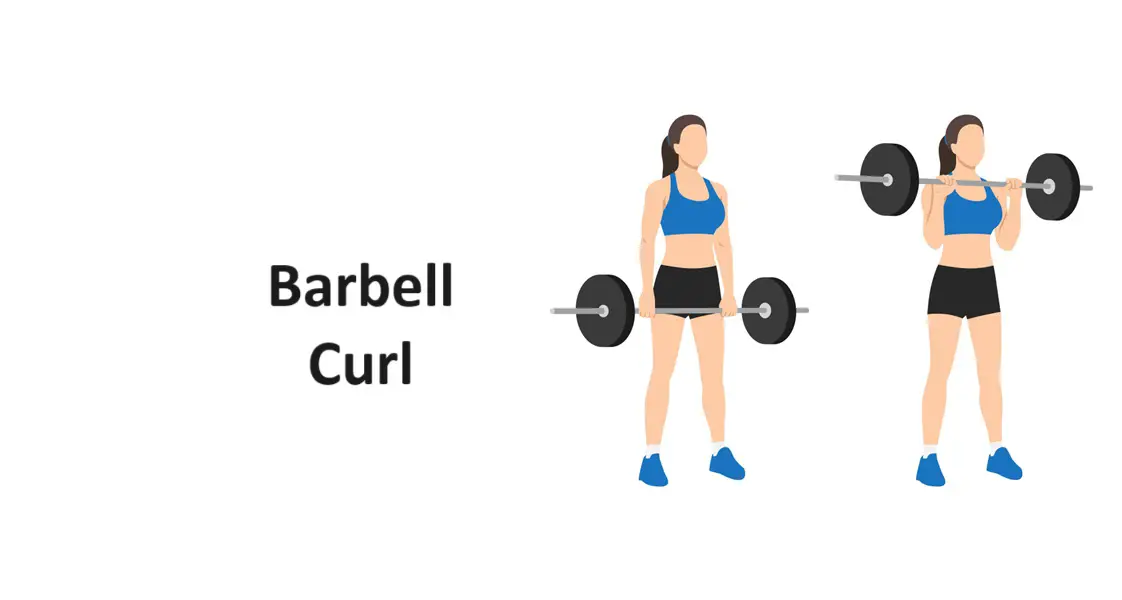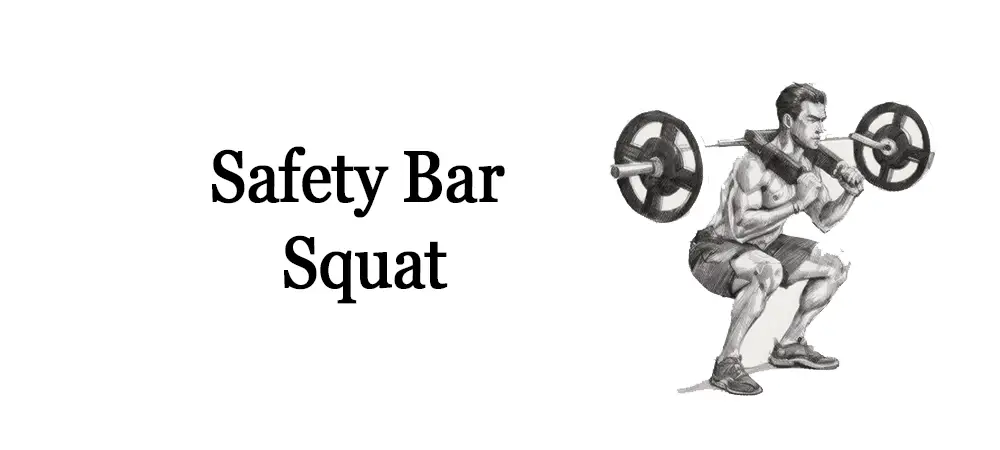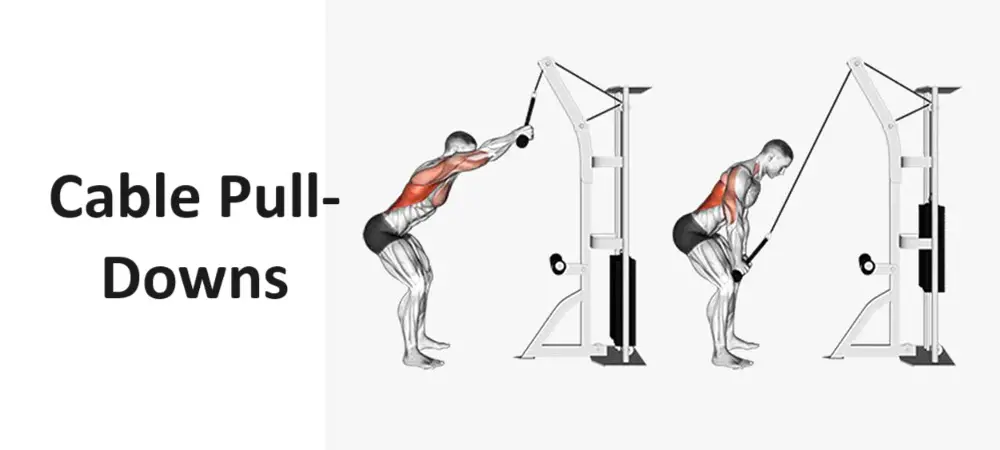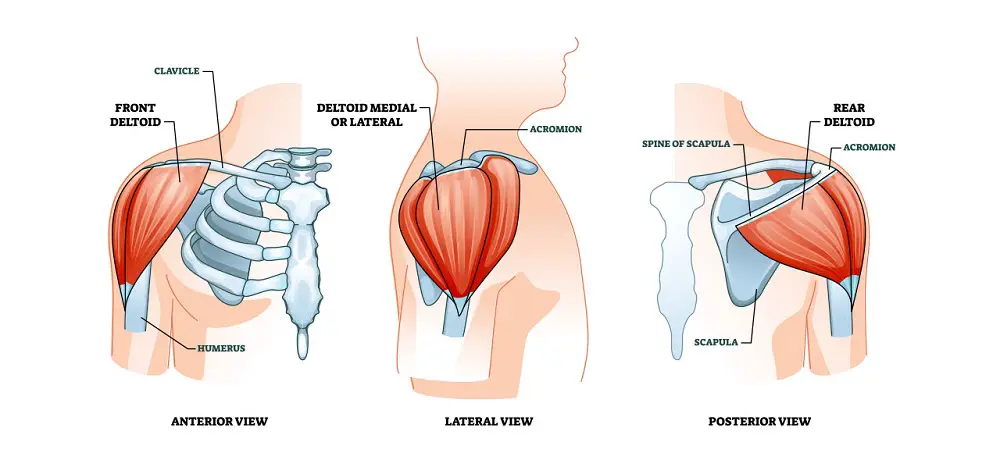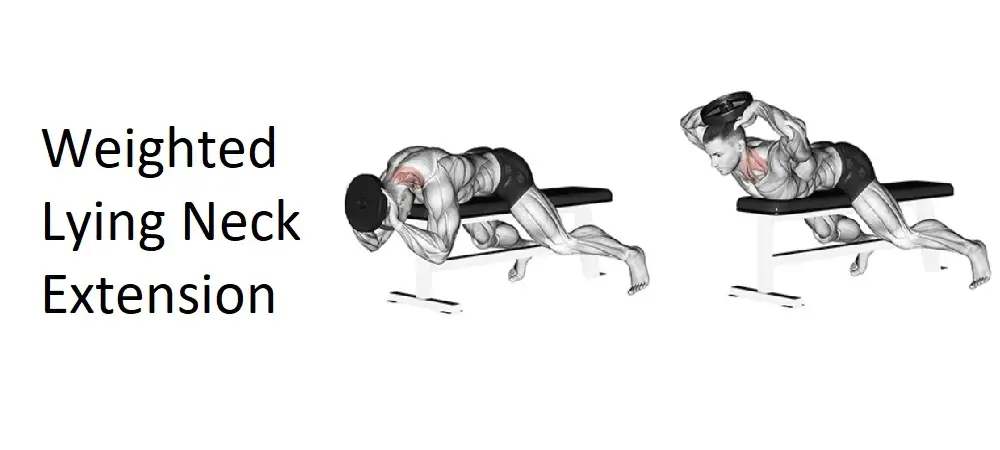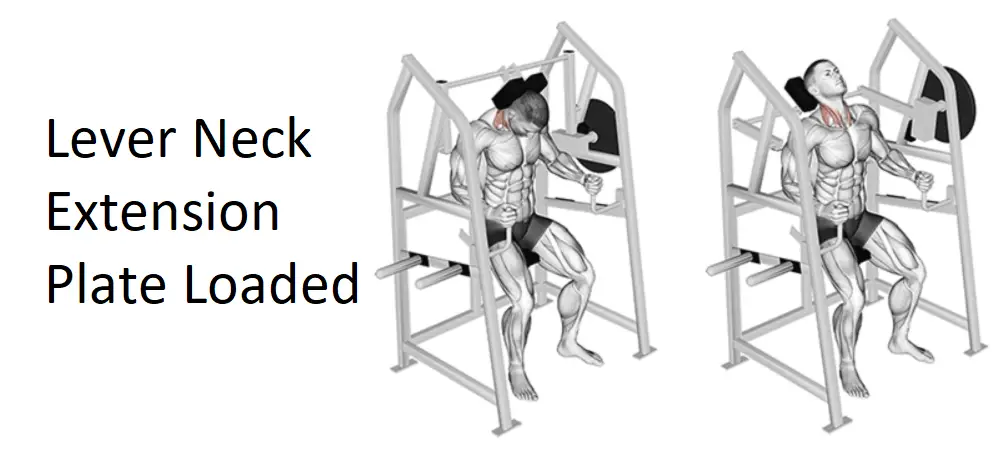The Barbell Curl is a classic strength training exercise that primarily targets the biceps brachii muscles. It is a fundamental movement for building arm strength and size and is popular among bodybuilders and fitness enthusiasts. In this comprehensive guide, we’ll explore the correct technique, benefits, variations, and other essential details associated with the Barbell Curl.
Instructions
Setup:
- Grip: Stand up straight with your feet shoulder-width apart and grasp the barbell with an underhand grip (palms facing up). Your hands should be slightly wider than shoulder-width apart, allowing your arms to fully extend without any discomfort.
- Bar Position: Allow the barbell to hang at arm’s length in front of your thighs, with your elbows fully extended and your shoulders pulled back. Maintain a slight bend in your knees throughout the exercise to stabilize your lower body.
Execution:
- Curling Motion: Keeping your upper arms stationary and your elbows close to your sides, exhale as you flex your elbows and curl the barbell upwards towards your shoulders. Focus on contracting your biceps throughout the movement.
- Peak Contraction: Once the barbell reaches shoulder level or slightly higher, pause for a brief moment to squeeze your biceps at the top of the movement. Ensure that your wrists remain straight, and avoid using momentum to lift the weight.
- Lowering Phase: Inhale as you slowly lower the barbell back to the starting position, maintaining control over the descent. Avoid swinging or arching your back excessively and keep your core engaged to stabilize your torso.
- Repeat: Perform the desired number of repetitions with proper form and control, aiming for a full range of motion with each repetition.
Tips:
- Keep your elbows stationary throughout the movement, only allowing them to move at the elbow joint.
- Focus on a controlled tempo, emphasizing the eccentric (lowering) phase of the exercise to maximize muscle activation and growth.
- Avoid using excessive momentum or swinging the weight to lift it, as this can lead to improper form and potential injury.
Benefits
- Biceps Development: The Barbell Curl is one of the most effective exercises for targeting the biceps muscles, leading to increased strength, size, and definition in the arms.
- Forearm Strength: Grip strength and forearm muscles are also engaged during the Barbell Curl, helping to improve overall arm strength and functional performance in other exercises and activities.
- Convenience and Versatility: Barbell Curls can be performed using a standard barbell and weights, making it a convenient and accessible exercise for most gym-goers. It can also be easily modified with different grip widths and hand positions to target different areas of the biceps.
- Compound Movement: While the primary focus is on the biceps, the Barbell Curl also recruits other muscles in the arms, shoulders, and upper back to assist in stabilizing the movement, providing a comprehensive upper body workout.
Muscles worked in Barbell Curl
The Barbell Curl primarily targets the biceps brachii muscles, which are located on the front of the upper arm. However, several other muscles are also involved in supporting and stabilizing the movement. Here are the main muscles worked during the Barbell Curl:
- Biceps Brachii: The biceps brachii muscles are the primary muscles targeted during the Barbell Curl. They consist of two heads: the long head and the short head. Both heads work together to flex the elbow joint and bring the forearm towards the upper arm during the curling motion.
- Brachialis: The brachialis muscle lies underneath the biceps brachii and plays a significant role in elbow flexion. It is activated to a lesser extent compared to the biceps brachii but still contributes to the overall strength and size of the upper arm.
- Brachioradialis: The brachioradialis muscle is located on the forearm and assists in elbow flexion. It is activated during the Barbell Curl, especially when using a pronated (palms facing down) or neutral grip.
- Forearm Muscles: The muscles of the forearm, including the flexor muscles, are involved in maintaining grip on the barbell and stabilizing the wrist joint during the curling motion. They provide support and stability throughout the exercise.
- Deltoids: The deltoid muscles of the shoulders are engaged to a certain extent during the Barbell Curl, particularly during the stabilization phase of the movement. They help keep the upper arms in position and assist in maintaining proper posture throughout the exercise.
- Stabilizer Muscles: Various stabilizer muscles, including those of the core, upper back, and shoulder girdle, are activated to provide stability and support during the Barbell Curl. These muscles help maintain proper form and prevent excessive swinging or cheating during the movement.
Overall, the Barbell Curl is an effective exercise for targeting the muscles of the upper arm, particularly the biceps brachii, while also engaging other supporting muscles to provide stability and control. By performing the exercise with proper form and technique, you can effectively develop strength, size, and definition in the arms.
Alternate names for Barbell Curl:
- Bicep Curl
- Barbell Bicep Curl
- Standing Curl
- Barbell Arm Curl
Variations
- EZ-Bar Curl: Similar to the Barbell Curl, but performed using an EZ-bar, which has a zigzag shape that reduces wrist strain and allows for different hand positions.
- Reverse Grip Barbell Curl: Perform the Barbell Curl with a reverse grip (palms facing down) to target the brachialis muscle and recruit more of the forearm muscles.
- Close-Grip Barbell Curl: Use a narrow grip on the barbell to place more emphasis on the outer portion of the biceps and engage the brachialis muscle to a greater extent.
Conclusion
The Barbell Curl is a classic exercise that remains a staple in strength training routines for its effectiveness in building biceps strength and size. By mastering the correct technique, incorporating variations, and progressively overloading the muscles, you can achieve impressive results in arms development and overall upper body strength.

